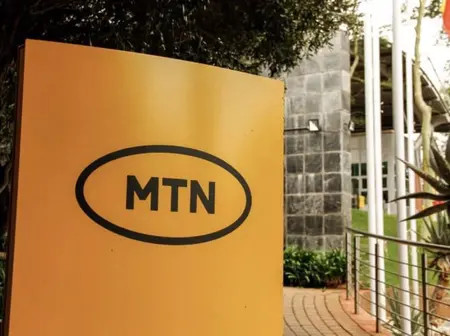Every major operator in South Africa talks about 5G. Most have launched some form of it. Few, however, have rebuilt the core infrastructure that makes 5G more than a marketing label.
MTN South Africa just did.
Rather than simply layering faster radios on top of legacy plumbing, the operator, working with Ericsson, has completed a full core modernisation built on cloud-native architecture. It is a less visible move than switching on new towers, but more consequential. This is where the real performance gains live: lower latency, automated scaling, and faster time to market for new services.
The quiet headline is this: South Africa now has a mobile core that looks less like a telecoms switch and more like a hyperscale cloud platform.
The question is what MTN plans to do with it.
Operators have used the term cloud-native for years. Often it simply means virtualisation on better hardware. In MTN’s case it refers to something structurally different.
Ericsson supplied a dual-mode 5G core that allows 4G and 5G traffic to run on the same cloud fabric, supported by containerised policy control, automated session management, and rolling upgrades that avoid service disruption. One of the project’s biggest achievements was an in-service upgrade that kept 2.52 million active sessions online while pushing 40 Gbps of live traffic.
That kind of upgrade posture matters. African operators have historically avoided aggressive change management for fear of downtime and regulator intervention. MTN is trying to prove it can evolve like a software company without breaking like a telco.
If this model holds, the impact will not stop at technical capability. It reshapes how quickly operators can launch and adapt services.
At present, 5G revenue in South Africa comes mainly from fixed wireless access and premium data bundles. Neither of those justifies a core overhaul.
So why modernise now?
Because future revenue will depend less on raw throughput and more on precision. Gaming offload, industrial automation, connected fleets, real-time identity checks — these require deterministic performance, not just bigger pipelines.
The cloud-native core gives MTN a foundation for:
Network slicing for enterprise clients
Usage-based policy charging in real time
Edge compute partnerships with hyperscalers
Full standalone 5G when commercial demand catches up
In short, MTN is building ahead of demand because demand will only appear once the capability exists.
Vodacom has been pursuing a parallel strategy, with more emphasis on Open RAN and Amazon Web Services integration. Telkom is unlikely to match this pace given its financial strain. Rain occupies a smaller niche.
The competitive gap is shifting away from coverage percentages toward core intelligence. The operator that turns latency into a sellable product will set the benchmark for enterprise contracts in South Africa.
Consumers may not feel the difference immediately. CIOs will.
There is an uncomfortable side to MTN’s cloud-native 5G rollout strategy. Ericsson is not just a supplier. It is now woven into MTN’s operational stack at a deep level.
Several questions will follow:
South African regulators have maintained a pragmatic stance compared to Europe or the United States. That tolerance may be tested as more core functions move into vendor-controlled software.
MTN is not just swapping equipment. It is attempting to change its operational rhythm. A modernised core allows an operator to behave more like a programmable platform and less like a static pipeline.
The future of South African 5G will be determined not by who builds the most towers but by who builds the most responsive engine.
Right now, MTN is positioning itself as that contender.

Leave a Reply